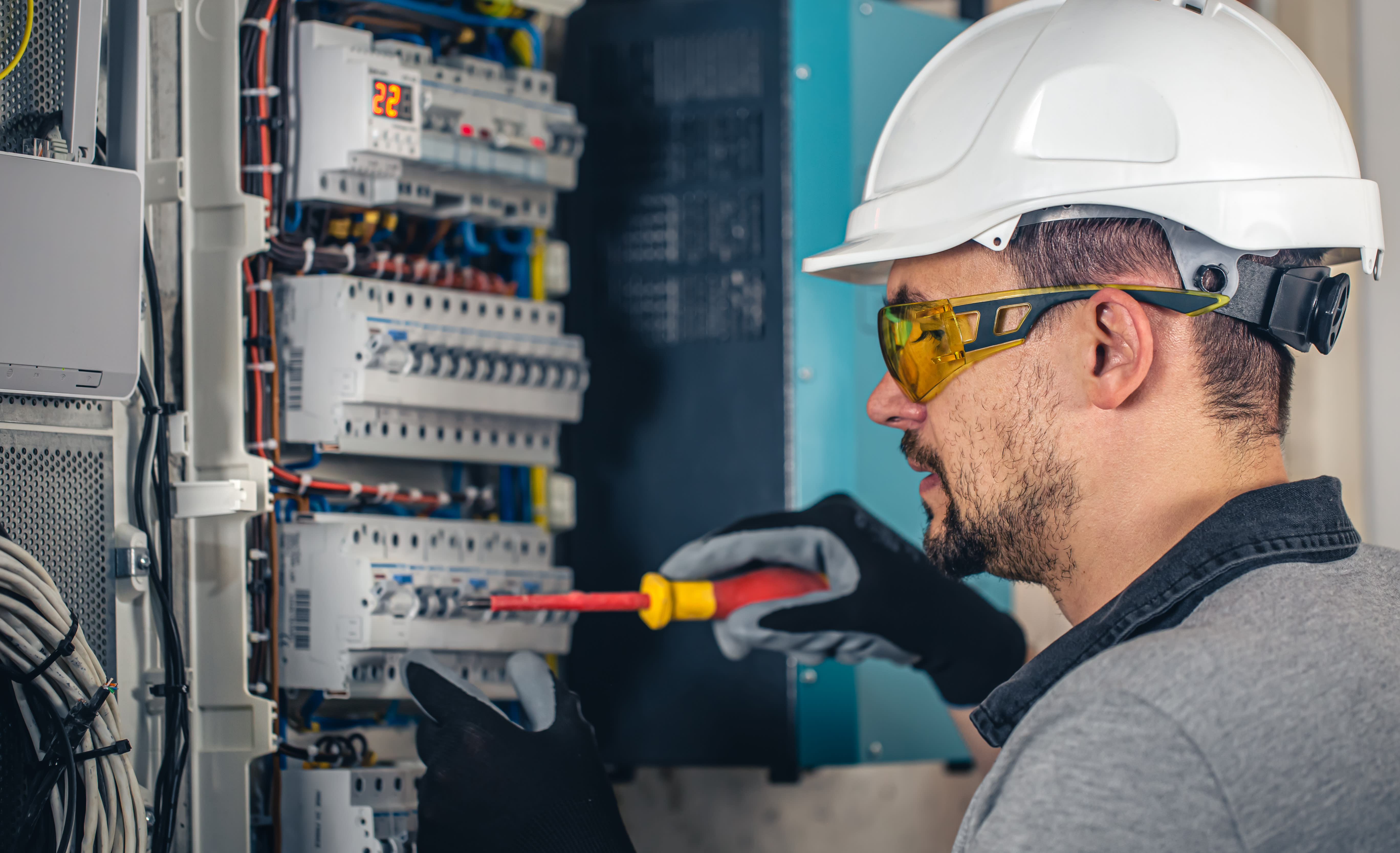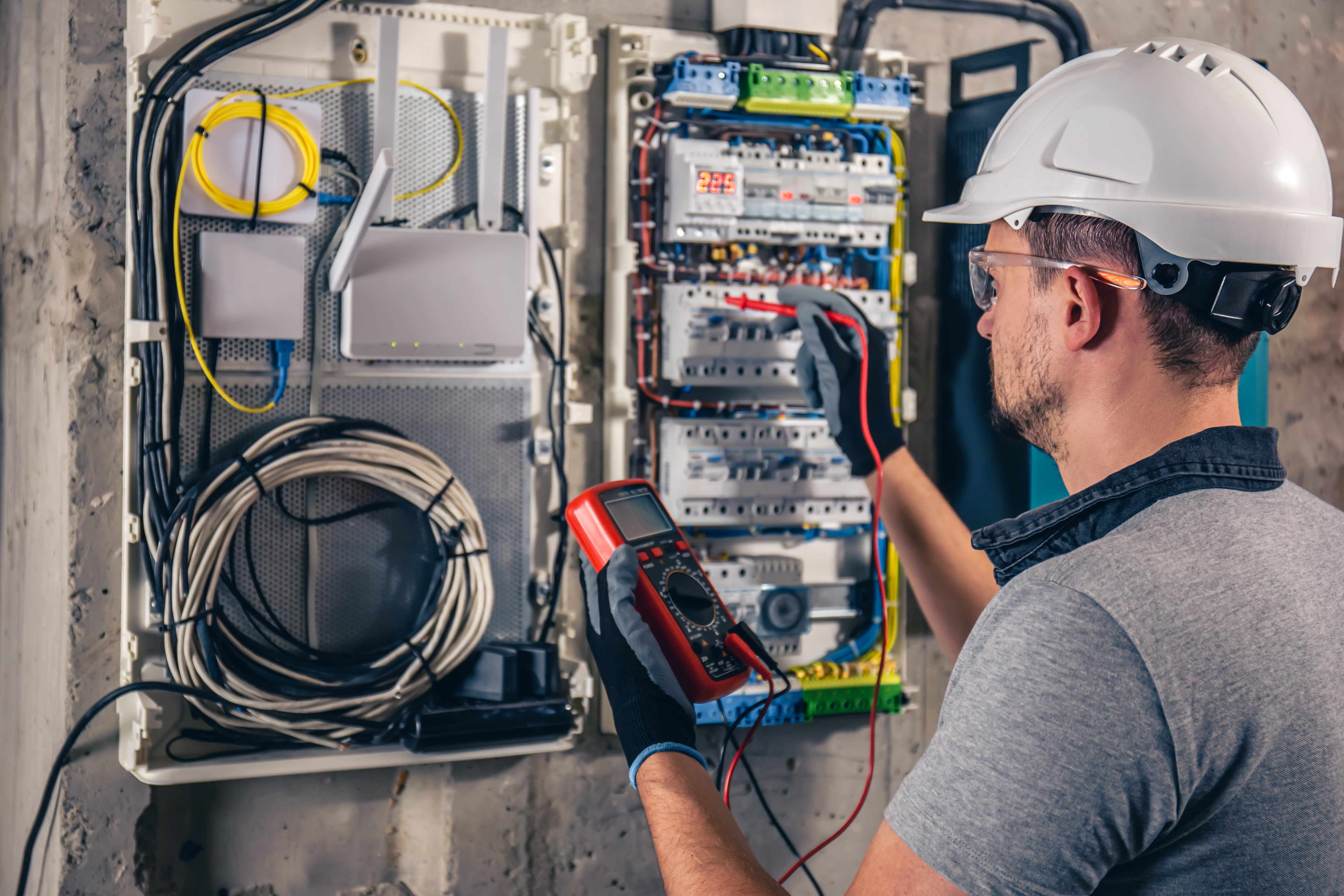- Published 9 Jan 2024
- Last Modified 6 Mar 2024
- 6 min
How to Troubleshoot Relays & Signal Conditioning Equipment
With relays and signal conditioning equipment being vital in the industrial landscape, learn about their common issues and how to address or mitigate them.

Relays and signal conditioning are critical for industrial operations in Australia, especially in the manufacturing sector, where the government has launched a A$15 billion (S$13.3 billion) scheme to promote manufacturing and new technologies. These components serve as the linchpin in the intricate machinery of automation, facilitating the smooth transmission of signals and the precise control of electrical circuits.
As indispensable elements in industrial systems, relays play a pivotal role in managing the flow of electric current, while signal conditioning ensures that signals are optimised for accuracy and reliability. To help you further understand their importance, we break down the basics and explore practical troubleshooting for common issues in relays and signal conditioning equipment.

Understanding Relays & Signal Conditioning
At its core, a relay functions as an electrical switch. It acts as a mediator between the low-voltage control circuit and the high-voltage load circuit, enabling the control of a much larger electrical power with minimal input. This capability is crucial in various industrial applications where the control of heavy machinery or high-power equipment is required. Relays are adept at opening and closing circuits, providing the necessary isolation and protection for delicate control systems.
On the other hand, signal conditioning is a process that fine-tunes electrical signals to ensure optimal performance and accuracy. In industrial automation, signals are susceptible to various distortions and interferences during transmission. As such, signal conditioning addresses these challenges through the amplification, filtering, or modulating of signals to enhance their quality, making them more resilient and reliable.
Functions of Signal Conditioning Equipment
Signal conditioning involves a spectrum of components working in tandem to refine electrical signals. They play a crucial role in the following:
- Amplification: Increase the strength of signals, compensating for losses during transmission.
- Filter: Remove undesired frequencies, reducing noise and ensuring the accuracy of the transmitted signal.
- Converter: Enable the translation of signals between analog and digital formats, ensuring compatibility across diverse systems.
- Isolator: Provide electrical separation between components, preventing unwanted interference and enhancing signal integrity.
Common Issues and Challenges with Relays and Signal Conditioning
Relays and signal conditioning are not immune to challenges that can affect the seamless functioning of industrial systems. Addressing these issues requires a comprehensive understanding of their root causes and effective troubleshooting strategies.
1. Relay Chattering
A significant concern in relay operation is chattering, which is characterised by the rapid opening and closing of contacts. This behaviour is often attributed to mechanical wear or poor contact surfaces and can lead to premature degradation of relays. The consequential wear and tear not only compromises operational efficiency but also results in additional maintenance costs.
2. Intermittent Operations
Intermittent operations arise when relays fail to consistently respond to control signals, disrupting the normal flow of industrial processes. Loose connections, damaged components, or incompatible voltage levels can be traced back as the root causes of this issue, demanding meticulous inspection and rectification for sustained reliability.
3. Overheating
Excessive heat poses a risk, frequently emanating from the passage of surplus current through relays. This issue may stem from overloading or inadequate cooling mechanisms, necessitating a careful balance between load management and efficient cooling strategies to prevent potential damage.
4. Signal Drift
Signal drift is a challenge encountered in signal conditioning and is provoked by changes in environmental conditions or the natural aging of components. Recognising these factors as contributors to signal instability underscores the importance of periodic recalibration and meticulous temperature control to maintain the integrity of the processed signals.
5. Calibration Errors
Incorrect adjustments of signal conditioning components give rise to calibration errors, impacting the accuracy of processed signals.
6. Amplification Issues
Amplification challenges in signal conditioning manifest when gain settings are improperly configured or when faults arise within amplification circuits.
7. Electrical Noise
External interference in the form of electrical noise originating from nearby equipment or power sources introduces disturbances in signals.
8. Signal Disturbances
Signal disturbances can result from a variety of factors, including electromagnetic interference, inadequate grounding, or faulty components. Identifying the specific cause of signal disturbances is crucial for implementing targeted solutions to restore signal integrity.
9. Ground Loop Effects
Ground loop effects stem from differences in ground potential and can introduce unwanted currents and affect signal quality.

Troubleshooting Techniques and Maintenance for Relays and Signal Conditioning
By integrating these troubleshooting techniques and maintenance practices, industrial operators can ensure the longevity, reliability, and optimal performance of their relay and signal conditioning systems. This will ultimately contribute to seamless operation and improved industrial workplace safety.
1. Routine Inspections
Begin troubleshooting with thorough visual inspections. Examine relays and signal conditioning components for signs of wear, loose connections, or physical damage. Visual cues can often provide early indicators of potential issues.
2. Mechanical Checks
Perform meticulous mechanical checks on relays, focusing on the integrity of moving parts and contact surfaces. Lubricate moving components as needed and ensure that all mechanical elements are in optimal working condition.
3. Signal Integrity Testing
Conduct comprehensive signal integrity testing to scrutinise the processed signals. Use oscilloscopes and signal analysers to assess signal quality, identifying and rectifying issues such as drift, distortion, or interference. This step is crucial for maintaining the accuracy and reliability of signals. If you want to know what type of oscilloscope you should get, we have a comprehensive guide to help you.
4. Calibration Process
Master the calibration process for signal conditioning components. Utilise precision instruments, like current and voltage calibrators or digital multimeters, to align components accurately, addressing any deviations that could lead to calibration errors. Regular calibration ensures consistent and reliable performance.
5. Testing Procedures
Implement rigorous testing procedures to verify the functionality of relays and signal conditioning systems. Simulate various operating conditions to identify potential weaknesses and address them preemptively, preventing operational disruptions.
6. Addressing Noise and Interference
Develop strategies to address electrical noise and interference. Employ shielding techniques, such as using twisted-pair cables, and install filters to eliminate unwanted frequencies. This proactive approach ensures the resilience of the system against external disturbances.
7. Streamline Amplification Methods
Streamlining amplification methods involves meticulously aligning gain settings with operational needs to prevent over-amplification or signal distortion. Promptly addressing any issues within the amplification circuits, such as faulty components or impedance mismatches, plays a pivotal role in sustaining the fidelity and strength of signals throughout industrial processes.
8. Keeping Systems Clean
Enforce cleanliness protocols to prevent the accumulation of dust, debris, or contaminants on relay contacts and signal conditioning components. Clean systems contribute to enhanced reliability and longevity.
9. Upgrading Solutions
Stay abreast of technological advancements and consider strategic upgrades to enhance the efficiency and capabilities of relays and signal conditioning systems. Upgrading to newer components or technologies can improve performance and future-proof the industrial setup.
For Relay and Signal Conditioning Equipment & Components, Trust RS Components AU
When it comes to upgrading or maintaining your relay and signal conditioning equipment, RS Components AU stands as your trusted partner. We supply components and equipment for businesses and organisations in Australia dealing with industrial processes over the years. As such, you can trust us as your go-to supplier for industrial and electronic equipment.
Our extensive range encompasses high-quality components from reputable brands, ensuring reliability and performance. Whether you're in search of power relays or precision signal conditioners and isolators, RS Components AU provides a comprehensive selection to meet your specific needs. Count on us to deliver the components essential for upgrading or repairing your systems, backed by a commitment to excellence and a legacy of reliability in industrial solutions.
Relay and Signal Conditioning Equipment Brands
Siemens
Siemens stands at the forefront of electrical engineering, offering a superior range of signal conditioning and relay components. Renowned for their precision and reliability, Siemens' products, especially their advanced converters and relay systems, are tailored to enhance signal integrity in complex industrial applications.
Eaton
Eaton provides high-quality signal conditioning components, particularly excelling in the production of isolators. As a stalwart in the industry, Eaton's signal conditioning equipment is designed to meet stringent standards, providing precision and reliability in isolating and enhancing electrical signals.
Phoenix Contact
Phoenix Contact emerges as a comprehensive solution provider, offering a wide array of both signal conditioning and relay equipment. Specialising in converters for precise signal processing, Phoenix Contact ensures optimal performance in various industrial settings.
Related links
- Understanding the Core Principles of Relays & Signal Conditioning
- Signal Conditioning RF filter
- Signal Conditioners
- Texas Instruments PGA460-Q1 Ultrasonic Sensor Signal Conditioning Evaluation Module With Transducers Ultrasonic
- STMicroelectronics Signal Conditioning For Automotive Sample Kit Evaluation Board KIT2407AUTOSC
- The Critical Role of Push Button Switches in Mining Operations
- Air Conditioning Units
- Selecting the Right Respiratory Protective Equipment for Mining Environments